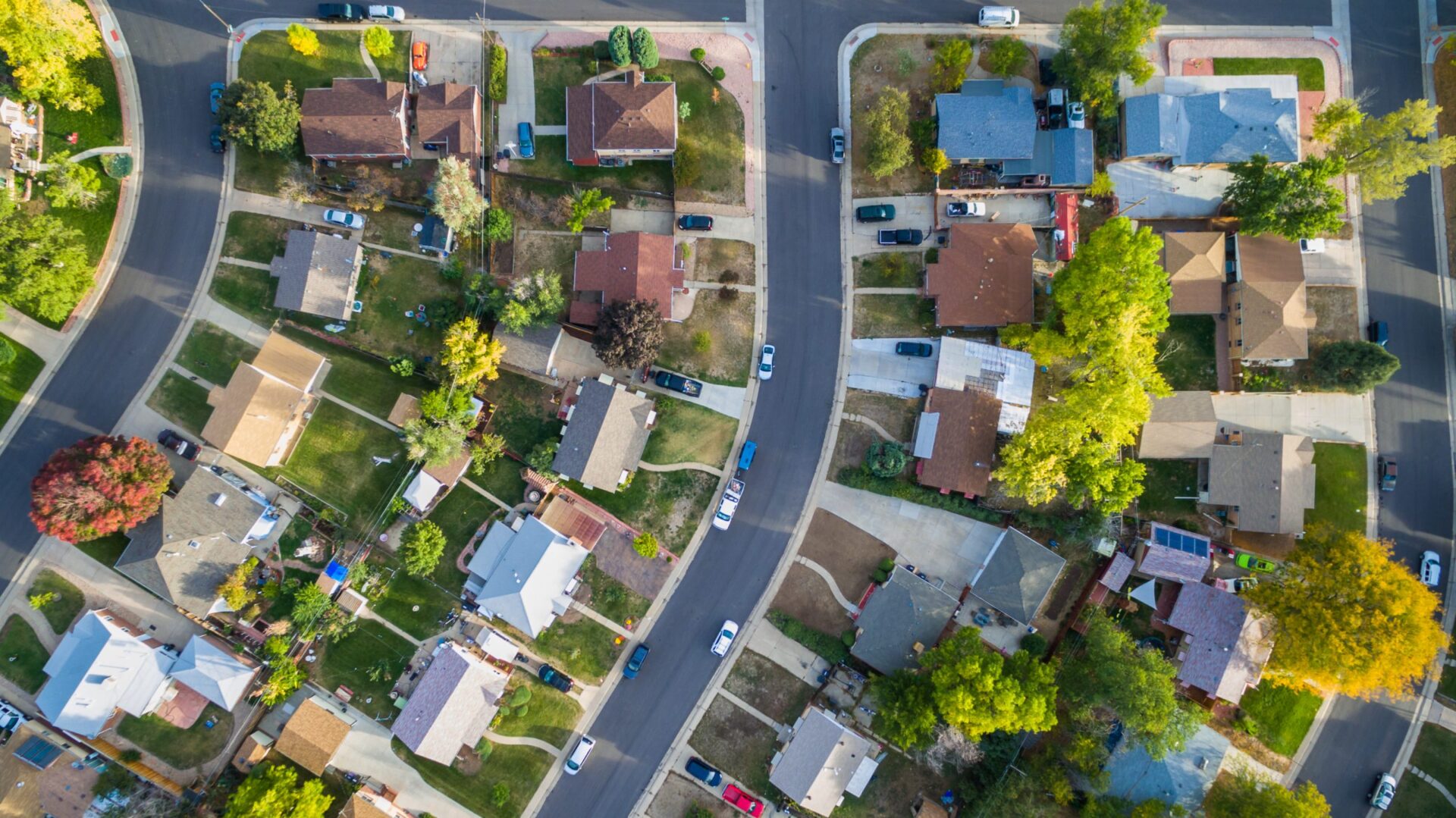Home price appreciation cooled in July though growth remained elevated from a year earlier, according to new data.
The S&P CoreLogic Case-Shiller National Home Price NSA Index saw home prices decelerate, posting a 15.8% annual gain in July, down from 18.1% in the previous month. This is the largest monthly deceleration in the history of the index.
“Although U.S. housing prices remain substantially above their year-ago levels, July’s report reflects a forceful deceleration,” said Craig J. Lazzara, Managing Director at S&P DJI.
The 10-City Composite reported a 14.9% increase YOY, down from 17.4% in June, while the 20-City Composite rose by 16.1% YOY, down from 18.7%. July’s gains were less than June’s for each of the 20 cities analyzed.
Tampa (+31.8%), Miami (+31.7%), and Dallas (24.7%) had the highest YOY gains, though all twenty cities analyzed reported lower price increases than the year prior.
Only seven cities saw increases both before and after seasonal adjustment. Prices fell in twelve cities.
“As the Federal Reserve continues to move interest rates upward, mortgage financing has become more expensive, a process that continues to this day. Given the prospects for a more challenging macroeconomic environment, home prices may well continue to decelerate,” Lazzara added.
House prices fell nationwide in July, down 0.6 percent from the previous month.
According to the latest Federal Housing Finance Agency House Price Index, house prices rose 13.9 percent from July 2021 to July 2022. The previously reported 0.1 percent price increase in June 2022 remained unchanged.
For the nine census divisions, seasonally adjusted monthly house price changes from June to July 2022 ranged from -1.6 percent in the Pacific division to +0.1 percent in the East North Central division. The 12-month changes were all positive, ranging from +10 percent in the Pacific division to +18.9 percent in the South Atlantic division.
“U.S. house price index posted its first month-over-month decrease in July since May 2020 when the U.S. economy experienced lockdowns as a result of COVID-19. This decline was widespread as eight of the nine census divisions saw a decrease,” said Will Doerner, Ph.D., Supervisory Economist in FHFA’s Division of Research and Statistics. “The 12-month change in house prices remains at historically high rates, but the rate of growth continues to moderate across all census divisions.”
Fannie Mae predicts a mild recession to begin around the beginning of 2023.
Mortgage rates jumped by a quarter point last week to 6.29% in the wake of another 75-point rate hike from the Central Bank. The Fed has shown no indication of slowing rate increases down as it works to fight off inflation.
Fed Chairman Jerome Powell said a shelter price correction is necessary to bring rampant inflation under control.
“For the longer term what we need is supply and demand to get better aligned, so that housing prices go up at a reasonable level, at a reasonable pace, and that people can afford houses again,” he said.
“We probably in the housing market have to go through a correction to get back to that place.”
In the event of a recession, Moody’s Analytics expects home prices to fall between 10% and 15%, with the drop in significantly “overvalued” housing markets to range between 20% to 25%.
Read More Articles:
Look At The Numbers: Adjacent Cities Grew During Pandemic
Mortgage Rates Up Full Quarter Point Over One Week
Luxury Home Sales See Biggest Dip Since 2012
Email story ideas and opinion pieces to: [email protected]
